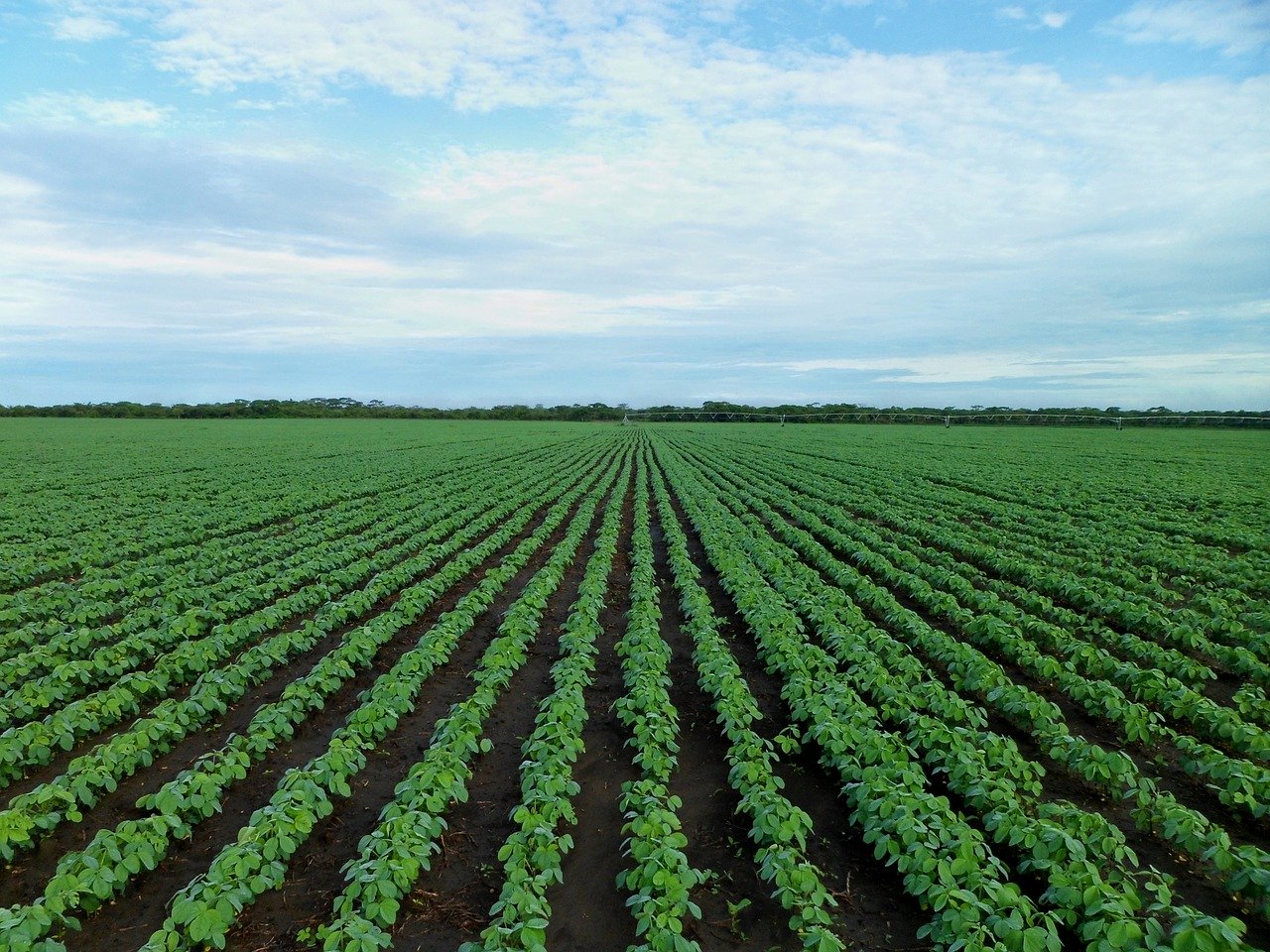Organizations, consumers, and investors are increasingly scrutinizing sustainability programs and looking for companies to rise to the challenge of reducing their impact on the environment. To become more sustainable, companies should start by understanding their current situation and start monitoring carbon emissions.
Carbon emissions are responsible for 81% of overall GHG emissions, and businesses are responsible for a majority of the emissions. The rest of GHG emissions are: methane (10%), nitrous oxide (7%) and fluorinated gases (3%). Businesses must monitor and report their CO2 emissions, which is the key first step in reducing them. To do so, companies must classify their carbon footprint in three scopes.
The three scopes help companies to lay a firm foundation for carbon reduction strategies, with the associated financial savings. Companies can achieve sustainable reductions both within their operations and across global value chains, identifying key areas that generate the biggest GHGs.
Start exploring GHG emissions for your business by reading our resources guide on understanding scope 1, 2, and 3 emissions.


